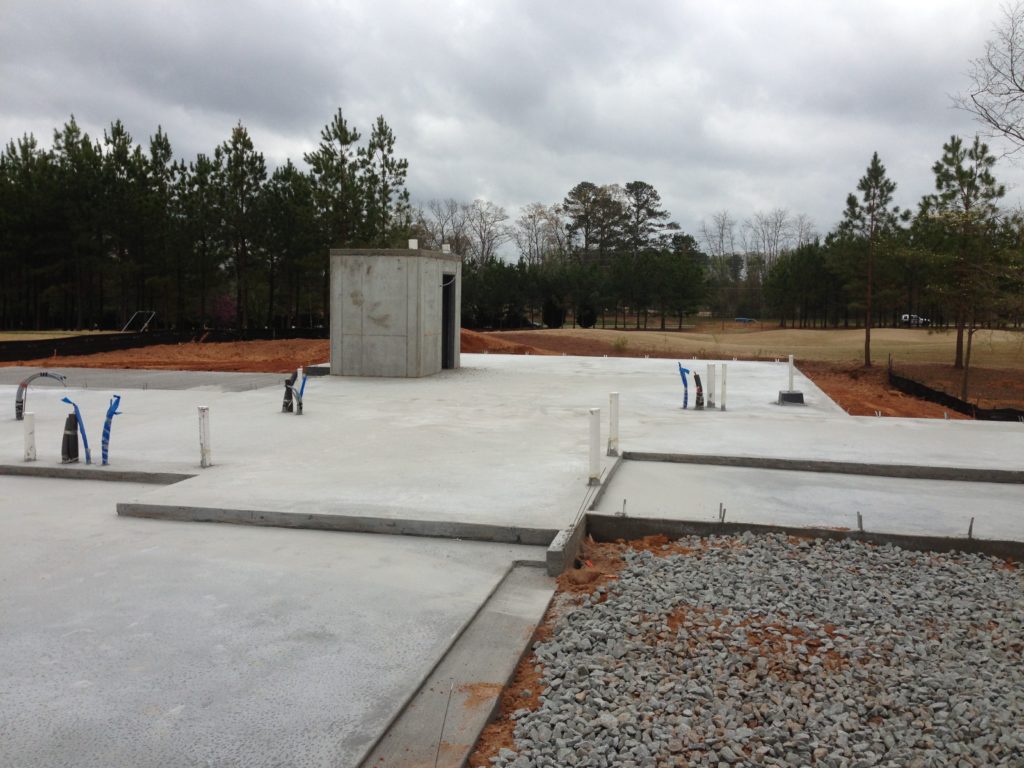

- #CONCRETE SAFEROOM COSTS HOW TO#
- #CONCRETE SAFEROOM COSTS INSTALL#
- #CONCRETE SAFEROOM COSTS CODE#
- #CONCRETE SAFEROOM COSTS FREE#
Also, consider the accessibility needs of all members of your family.
#CONCRETE SAFEROOM COSTS FREE#
Keep it free of clutter or anything that could fall and cause injury or impede quick access. However, this is a costlier option than building a safe room as part of your home’s initial build.Ĭhoose a room you can access quickly and easily. Any interior room of your house, with only one door and no windows, can be retrofitted to become a storm shelter. Your safe room doesn’t have to be an empty room waiting for the winds to blow. Keep in mind that space costs money when designing comfort into your safe room. But for areas prone to hurricanes, which can last 24 hours or longer, recommendations vary from 7 to 10 square feet. For tornadoes, which typically last minutes, three square feet of floor space per person is the minimum requirement. The size of your storm shelter depends on the type of storms you typically have in your area. Basement storm shelters are not recommended in areas prone to flooding or for the mobility-challenged.Some standards depend on your geographic location. Consult with a licensed engineer in your area before starting the building process.Only use a certified safe room door to achieve adequate protection.The safe room requires a concrete roof deck.If retrofitting an existing structure, you can reinforce concrete block walls with additional steel and grout. The safe room’s foundation must be separate from the foundation of the rest of the house. Anchor your safe room to a proper foundation for your geographic location.Here are some basic guidelines from this publication. Whether building a stand-alone storm shelter or retrofitting a safe room in your house, the Federal Emergency Management Association’s (FEMA’s) booklet, Taking Shelter from the Storm: Building a Safe Room for your Home or Small Business (FEMA P-320), covers everything you need to know to follow the ICC 500 standards, and even includes construction plans. Make sure to follow ICC 500 standards when building your foundation. But even if tested and approved for missile impact and wind pressure, a storm shelter is only as safe as its foundation is strong. A manufactured safe room generally includes everything except the foundation. A Prefabricated Safe RoomĪs an alternative to a site-built safe room, prefabricated storm shelters are commercially available-and in some areas, they’re more affordable. Here we offer some key ideas to consider when constructing your own storm shelter. ICC 500 is under review and revised requirements are set to be published sometime in 2020.
#CONCRETE SAFEROOM COSTS CODE#
A safe room constructed in accordance with the International Code Council’s Standard for the Design and Construction of Storm Shelters (ICC 500) should remain standing even when the rest of your home may be flattened or picked up and carried away. Having a well-constructed, dedicated safe room in your home will provide reliable protection for you and your family, and peace of mind along with it.Ī storm shelter or safe room is a hardened structure built to withstand high-velocity winds that accompany tornadoes and hurricanes, and the flying debris they can hurl at you. Many run to an interior room, hoping a space constructed of 2x4s and drywall will protect them from winds that exceed 100 miles per hour. Whether you live in a coastal region, prone to tropical storms and hurricanes, or in the Midwest, always on the alert for a tornado to strike, you want a safe place in your house to retreat to during extreme wind events.
#CONCRETE SAFEROOM COSTS INSTALL#

#CONCRETE SAFEROOM COSTS HOW TO#
This video, featuring This Old House plumbing and heating expert Richard Trethewey, shows how to pour a storm shelter inside a garage.


 0 kommentar(er)
0 kommentar(er)
